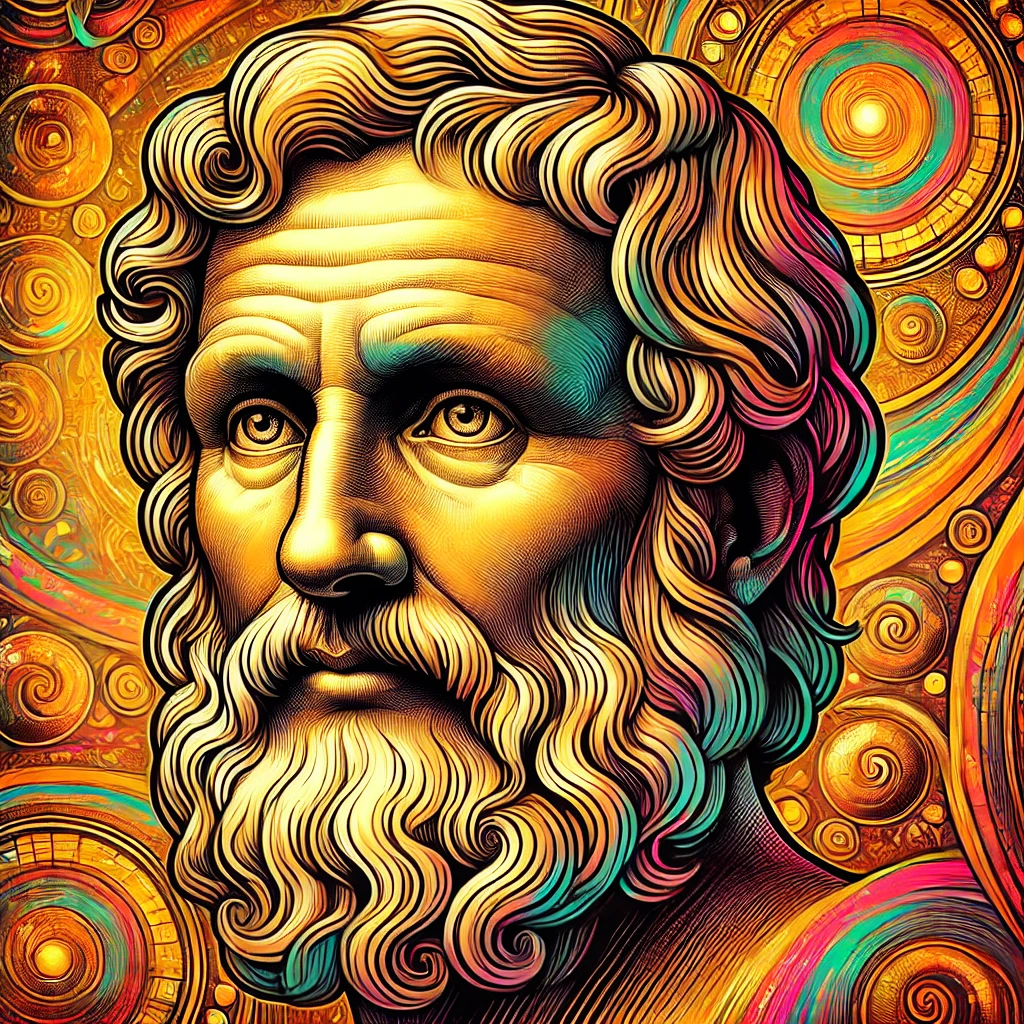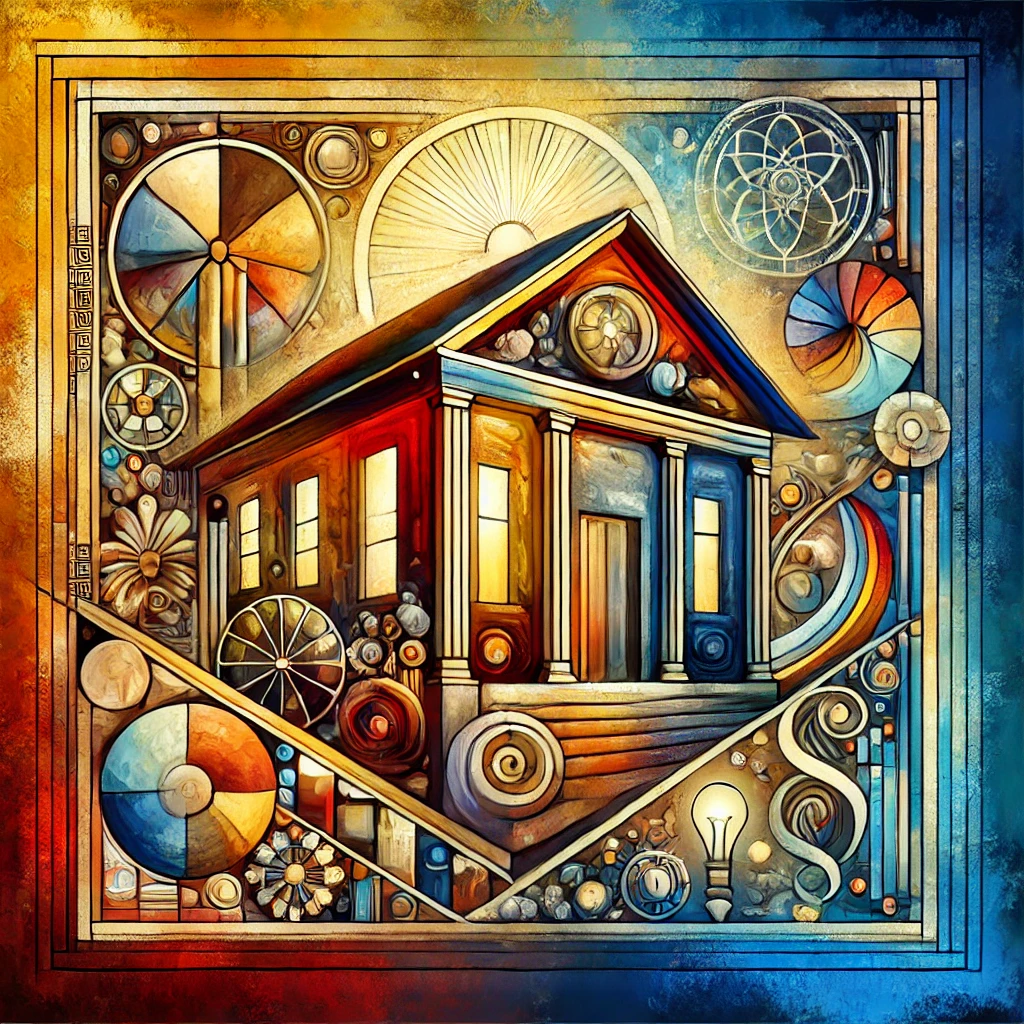Michelangelo

Birth Date: 1475-03-06
Death Date: 1564-02-18
Place of Birth: Italy
Place of Death: Italy
Century: 15th-16th
Region: Europe
"The true work of art is but a shadow of the divine perfection."
Born in Caprese, Italy, Michelangelo was a sculptor, painter, architect, and poet who became a central figure of the Italian Renaissance. He was known for his extraordinary skill and creativity, often portraying the human body with intense realism and beauty, which reflected the ideals of Renaissance humanism.
Michelangelo believed in Humanism, the idea that art connects the divine with the human. He saw creativity as a gift from the divine, and he thought that artists should use this gift to show the beauty and perfection in people. Michelangelo’s work shows his belief that art can lift the human spirit and express deep truths about life.
Sistine Chapel Ceiling: Michelangelo’s iconic frescoes depict scenes from the Book of Genesis, showcasing his mastery of anatomy, composition, and storytelling. David: A sculpture representing the biblical hero, David, symbolizing the beauty and strength of the human form, and the power of the human spirit.
Michelangelo was influenced by classical Greek and Roman art, as well as the work of early Renaissance artists like Donatello and Masaccio. He was also deeply inspired by religious themes, which played a central role in much of his work.
Michelangelo’s mastery of the human form and his innovative use of perspective and light have influenced countless artists, including later Renaissance figures like Raphael. His impact extends beyond painting and sculpture, influencing architecture and art theory for centuries.
Despite his fame, Michelangelo was known for his temperamental personality and often found himself at odds with patrons and other artists. He also faced controversy for his depiction of nudity in religious art, particularly in his 'Last Judgment' fresco.
Michelangelo’s critics during his time included rival artists like Leonardo da Vinci, who disagreed with his focus on anatomy and muscular figures. Some church officials were also uncomfortable with the nudity in his works, particularly his depiction of Christ in the 'Last Judgment.'
Michelangelo’s contributions to the arts have had a lasting impact on Western art and culture. His works are seen as the epitome of Renaissance artistry, and his influence can still be felt in art, architecture, and sculpture today.
Michelangelo considered himself primarily a sculptor, even though he became famous for his paintings, especially the Sistine Chapel ceiling. He spent four years working on the ceiling while standing and lying on scaffolding, enduring great physical discomfort to complete one of history’s most celebrated works of art.





